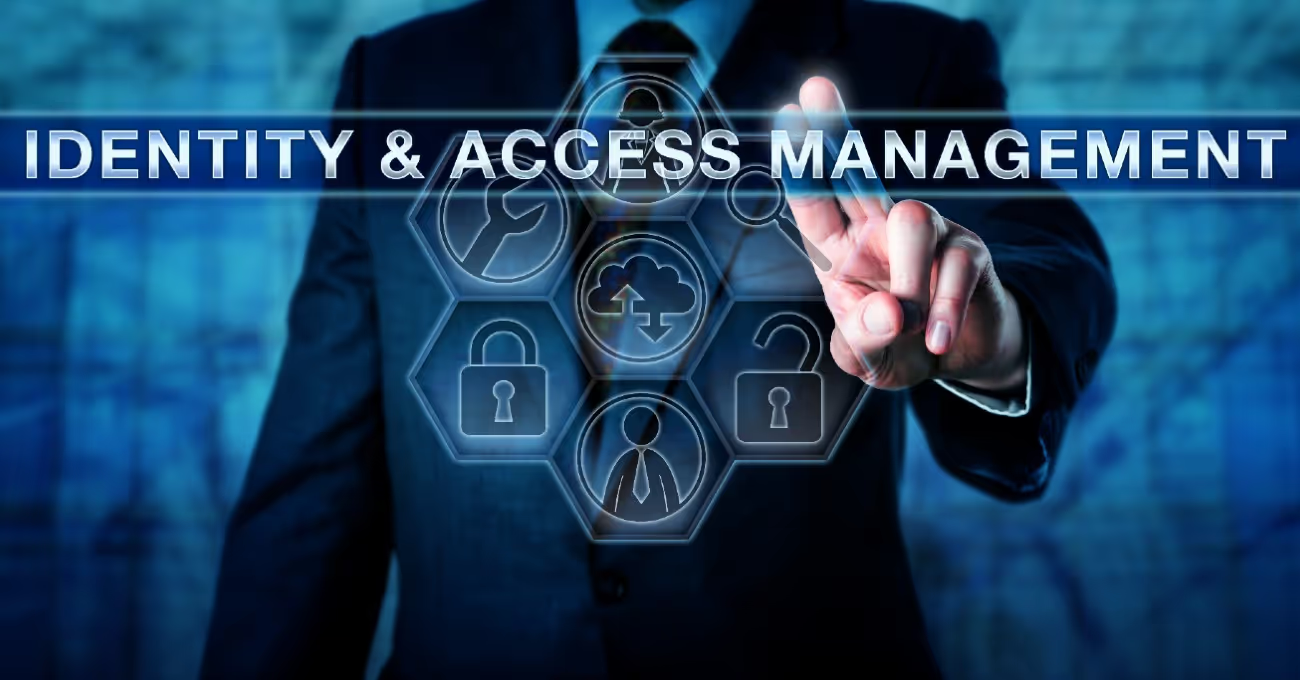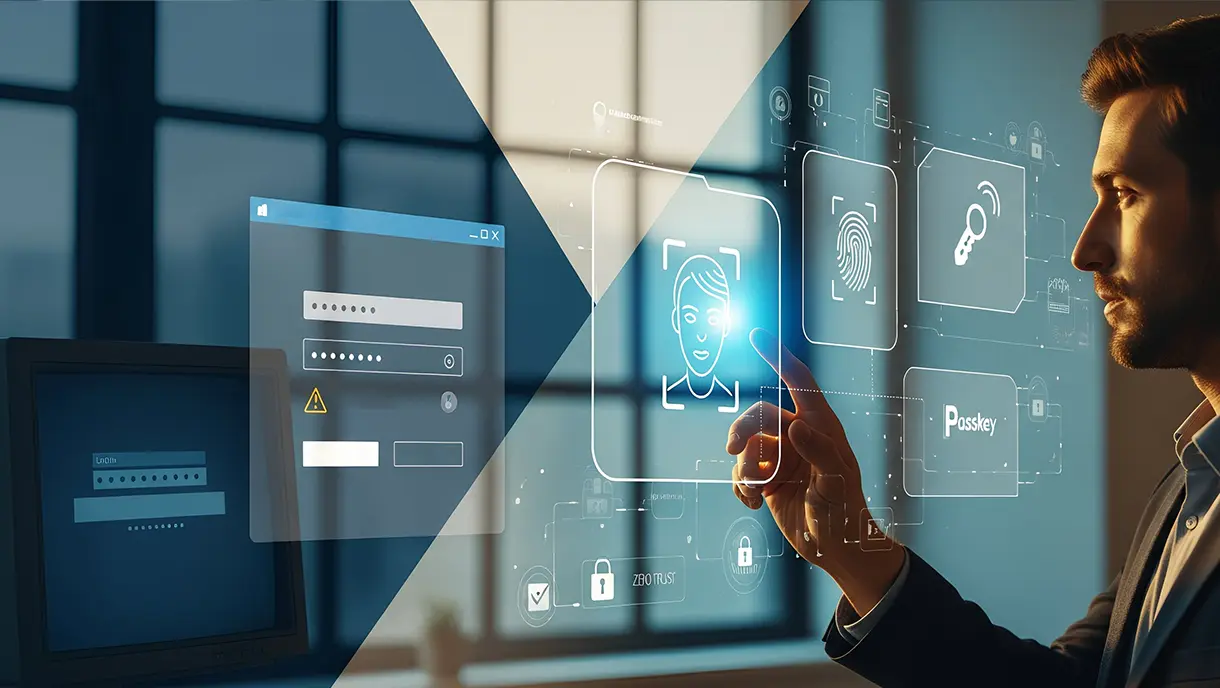20 Stats To Consider About the Physical Access And Identity Management Industry
Physical Access and Identity Management (PIAM) solutions have become more affordable and essential for organizations of all sizes, especially with the rise of remote work. They help manage who can access physical spaces and sensitive systems by verifying identities, assigning roles, and protecting data. The industry is growing rapidly, with projections reaching $34.5 billion by 2028. Key stats highlight rising cyber threats, credential theft, and the need for secure access controls, making PIAM a critical investment for modern security and compliance.

The Physical Access And Identity Management (PIAM) solutions used to be expensive and could only be afforded by companies with big budgets. But those days are far gone, now with the advancement of the PIAM industry and the use of the latest technology. The prices of PIAM solutions have stagnated, making them easily affordable to companies of all sizes.
PIAM systems can work in on-premises and hybrid-cloud-based environments. Thus, they are the perfect fit for companies whose workforce is logging in remotely. But before you decide to go and get your company a PIAM application, it is best to know about the latest stats related to the industry.
This article aims to provide users with the top 20 stats shaping the PIAM industry and its future. These stats will help you understand the need for PIAM solutions and how their implementation can be effective for your organization.
What Is the Physical Access and Identity Management Industry (PIAM)?
The Physical Access And Identity Management industry is more of a business process, policy, and technology. These solutions help control the physical access of an individual in the organization. In addition, it also works as a firewall controlled by Information Technology (IT) managers. They can give access to critical information such as sign-on systems, add two-factor authentication, and privileged access management based on the security clearance of the employee in the organization.
On a basic level, PIAM solutions are made of the following components:
- How are individuals being identified by the system, and what are the necessary identification processes needed to give permissions to individuals?
- How should each individual be assigned to their role, and what are the criteria behind selecting the individual in an organization?
- What steps are needed to add, remove and update the individual's role in a given organization?
- Lastly, keeping sensitive data protected and securing it from inside attacks.
20 Stats To Consider About the Physical Access And Identity Management Industry
Below are the top 20 stats which everyone working in the PIAM industry or thinking of deploying PIAM solutions in their organization must go through to learn about the importance and implementation of PIAM solutions.
- 61% of all breaches happened because threat actors have credentials that they have stolen by performing social engineering.
– Source: Firewall Times - 94% of organizations have experienced data breaches in their run. At the same time, 79% of total organizations all around the world have experienced data breaches in 2021 and 2022.
– Source 1: Privacy Rights, Source 2: CPOMagazine - Companies that haven't implemented cloud security tools for their remote employees are more vulnerable to phishing and password-stealing attacks.
– Source: Cisco Umbrella - 60% of mid-sized companies with 500 to 5,000 workforce have experienced 56% credential thefts. At the same time, 48% were social engineering victims that led to phishing attacks.
– Source: Forbes - The identity and access management market will see healthcare segment shares rising up to 9% by 2032. This is because medical organizations are churning out more data each day, and it has become essential to keep all the data of patients secured.
– Source: Markets and Markets - Europe will be the major market for access and identity management in 2023 due to the rise in the population of remote workers.
– Source: DCL Search - In 2022, Europe as a continent had spent 3 billion US dollars on implementing and using Physical Access And Identity Management solutions.
– Source: DCL Search - In 2020, the Physical Access And Identity Management market was recorded at 12.26 billion US dollars.
– Source: Polaris Market Research - The Physical Access And Identity Management market is projected to grow to 34.52 billion dollars by 2028, with a CAGR of 14.5% from 2021 to 2028.
– Source: Polaris Market Research - Due to the impact of the COVID-19 pandemic globally, the growth of Physical Access And Identity Management is pretty steady across all regions.
– Source: Mordor Intelligence - Organizations are constantly deploying Single Sign-On (SSO) solutions. As a result, SSO solutions will acquire 13% of the total share of the Physical Access And Identity Management market by 2032.
– Source: Markets and Markets - Identity-as-a-Service (IDaaS) solutions are predicted to have a 19.5% CAGR by 2032.
– Source: Markets and Markets - 44% of security professionals working in various organizations believe that Physical Access And Identity Management solutions are crucial to eliminating current security gaps.
– Source: Symquest - Remote workforce now has 59% increased access to the organization's critical business information and systems. Over half of the business-critical applications are accessed by remote workers on mobile devices.
– Source: CyberTalk - 73% of the remote workforce worldwide have yet to receive any form of cybersecurity awareness training from their organizations since they started working remotely.
– Source: MetaCompliance - Only 35% of the total remote workforce in the world requires Multi-Factor Authentication (MFA) to access their computers or other work-related devices.
– Source: JumpCloud - The average cost of a data breach, which can be prevented using PIAM solutions, is 4.24 million US dollars. It also results in data loss, compromised high-authority accounts, ransomware, financial losses, and more.
- According to the latest reports by Verizon, the most common types of data breached during phishing attacks are: employee credentials, personal data, medical data, and banking data.
- In terms of regional revenue, North America holds 40% of the total revenue globally in the adoption of cybersecurity and computational infrastructure.
- It is postulated that by the end of 2030, the Asia-Pacific market will have the highest CAGR for the Physical Access And Identity Management industry. The Asia-Pacific region includes China, India, Australia, South Korea, Indonesia, Australia, and many more.
Wrapping Up
These were some of the most important stats of the Physical Access And Identity Management industry. It is not easy to adapt PIAMs as it requires high investment. But every single penny invested in PIAMs is going to be beneficial. This is because of the increasing internet usage and smartphones to access corporate applications.
Get the latest updates! Subscribe now!







